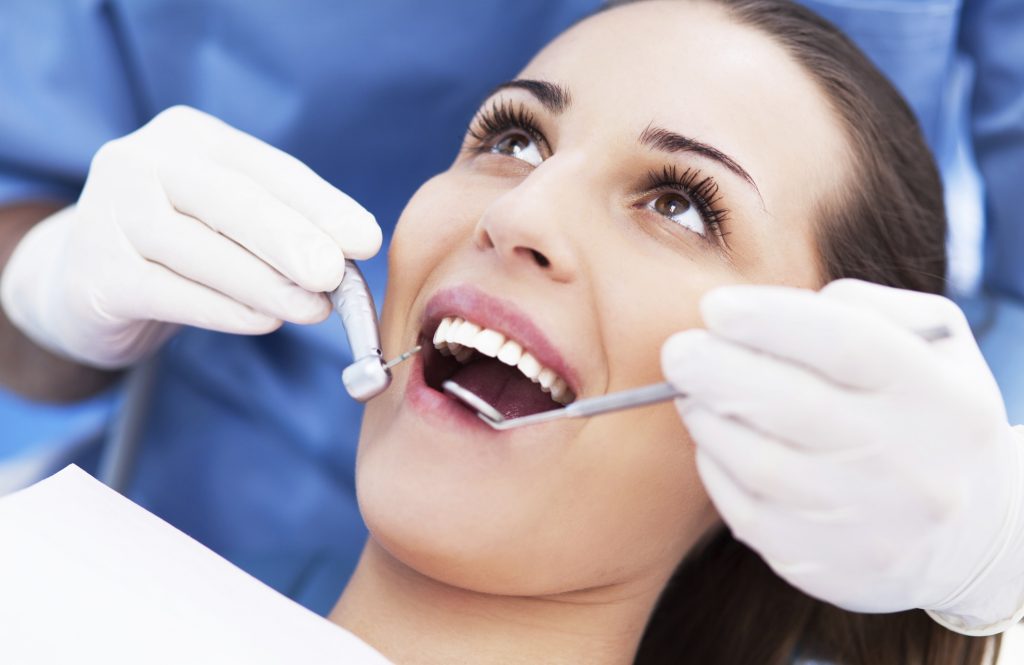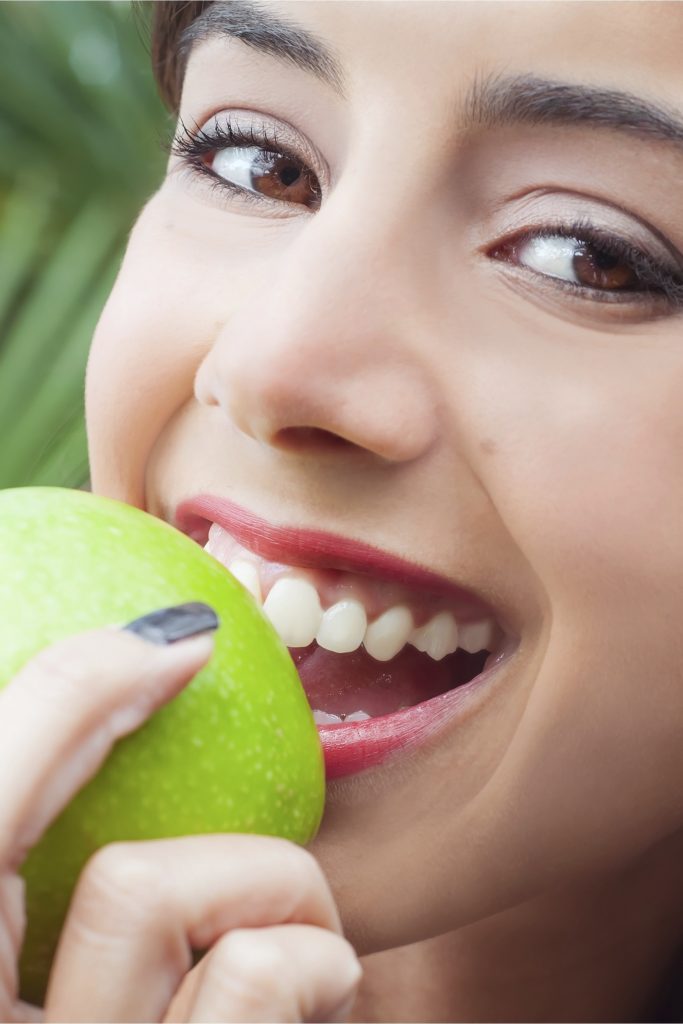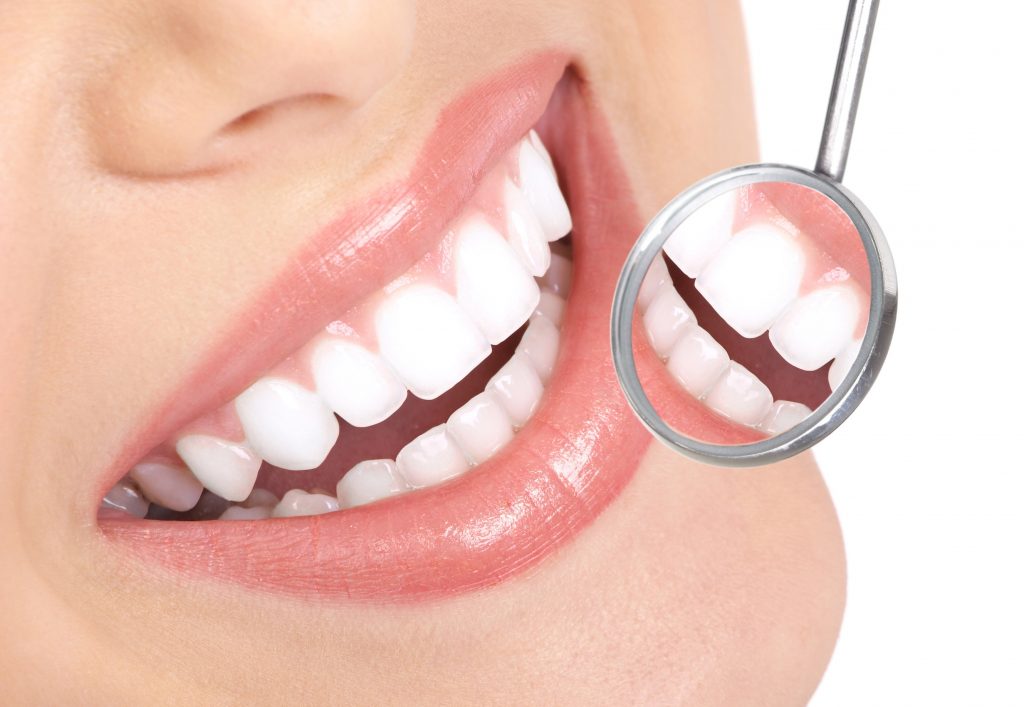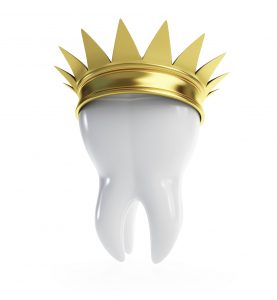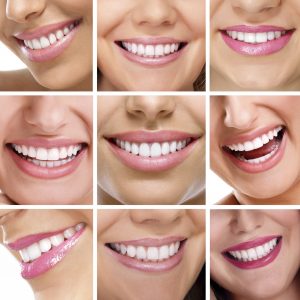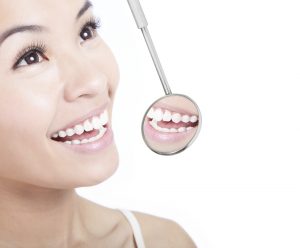
When we have a flawed smile, it can become an issue to do certain things. It could affect our speech, our bite, even our self-esteem. And since social media is all about photos, and we all maintain some type of online presence, having these flaws fixed is a must. It’s time to make a dental appointment…
One great way to fix a crooked smile is with orthodontics. Believe it or not, having braces can fix a number of dental issues. Fixing your crooked teeth with a set of braces – traditional or otherwise – will improve your mouth’s alignment, speech and/or chewing difficulties. The following are various dental issues and how getting braces can repair them:
Gapped teeth. Gaps in between teeth can occur from the abnormal continued growth of the jawbone or missing teeth causing teeth the shift to adjust to the empty space, creating gaps.
Overbites. When the upper teeth bite over the lower teeth, you have an overbite. Much like teeth gaps or spaces, overbites can eventually lead to gum problems and add unnecessary stress on the lower teeth and jaw.
Underbite. The opposite of overbites, an underbite occurs when the lower teeth protrude past the upper teeth. Having an underbite causes unnecessary tooth wear, in addition to causing pain and other issues in the jaw joints.
Teeth crowding. Crowded teeth occur when there’s not enough room in the jaws for teeth to fit normally as they would. If left untreated, expect severely crooked teeth, which causes various dental issues, such as plaque accumulation, tooth decay and an increased risk for gum disease.
If you have questions or concerns about braces, make an appointment today with Dr. Philip Schnall at 212-247-7059 or visit our website at www.philipschnalldmd.com.
Dr. Schnall proudly serves New York and all surrounding areas.
